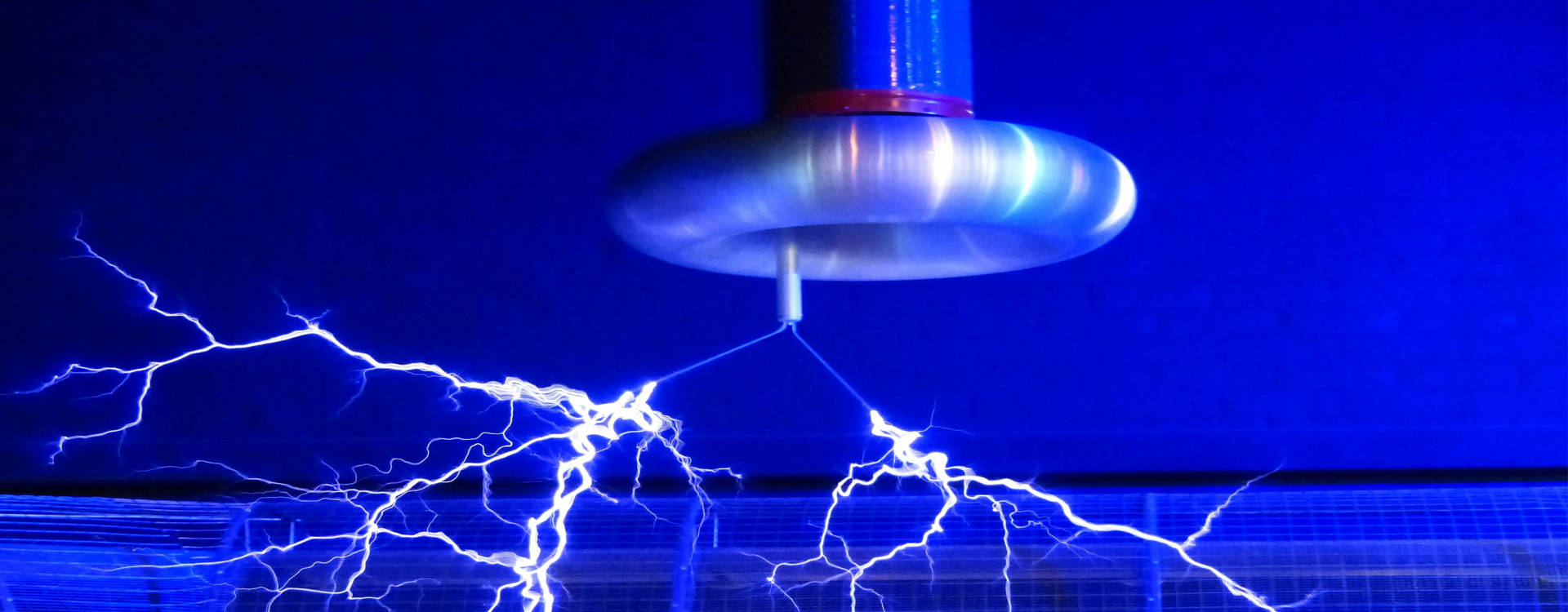Seminar Details
Demand Side Management (DSM) is essential for optimizing energy consumption and balancing supply with demand in smart grids, especially as the integration of renewable energy, electric vehicles (EVs), and energy storage systems increases. This thesis presents advanced methods for DSM by utilizing machine learning, optimization algorithms, and innovative control strategies to enhance Demand Response (DR) and energy management.
The first focus is on identifying and disaggregating EV charging patterns from household energy data. A Hidden Markov Model (HMM)-based approach detects EV presence, determines charging/discharging states, and estimates State of Charge (SoC) using smart meter data from over 1,000 households, some with rooftop PV systems. This non-intrusive technique allows accurate EV consumption disaggregation, enabling targeted DR strategies and identifying flexible loads. Validation through simulation demonstrates the effectiveness of this method, underscoring EVs&rsquo potential to support load flexibility and grid stability by participating in DR programs.
The second part of the research optimizes a community-level Battery Storage System (BSS) to reduce peak demand in microgrids. A hybrid deep neural network model is developed, integrating a Convolutional Neural Network (CNN), a Long Short-Term Memory (LSTM) network, and a Deep Neural Network (DNN) for feature extraction, temporal pattern analysis, and decision-making, respectively. Trained on demand data from 1,000 households, this model optimizes BSS charging/discharging to minimize peak loads and energy costs. Simulation and hardware implementation validate significant peak demand reductions, demonstrating BSS integration as a viable solution for sustainable and efficient DR.
The third area of research proposes a novel Demand Side Storage (DSS) strategy utilizing water storage facilities. A Genetic Algorithm-based Extreme Learning Machine (ELM) is developed to optimize dispatch scheduling. It aims to extend the operational lifetime of pumps in water storage plants as a secondary local objective. Comparative analysis with other Artificial Intelligence (AI)-based methods confirms this approach&rsquos effectiveness across various scenarios. Simulations using an IEEE 24-bus test system showcase DSS as a practical means to improve power supply adequacy without expanding the existing generation capacity.
Further, multi-objective optimization techniques are explored for effective Demand Response Management (DRM) in smart households. The Strength Pareto Evolutionary Algorithm II (SPEA II) generates Pareto-optimal solutions, focusing on peak load reduction, cost savings, and minimizing consumer inconvenience. Additionally, an elitist Non-dominated Sorting Genetic Algorithm (NSGA II) is used for comparison, fostering a profit-based environment beneficial to both consumers and utilities. This research illustrates DRM&rsquos advantages in reducing electricity bills and optimizing customer load demands.
In conclusion, this thesis addresses DSM challenges with advanced machine learning, and AI based strategies. Through EV consumption disaggregation, BSS optimization, industrial water storage as DSS, and multi-objective DRM, this research contributes to enhancing energy efficiency, reducing peak loads, lowering consumer costs, and sustainable energy management in smart grids.



